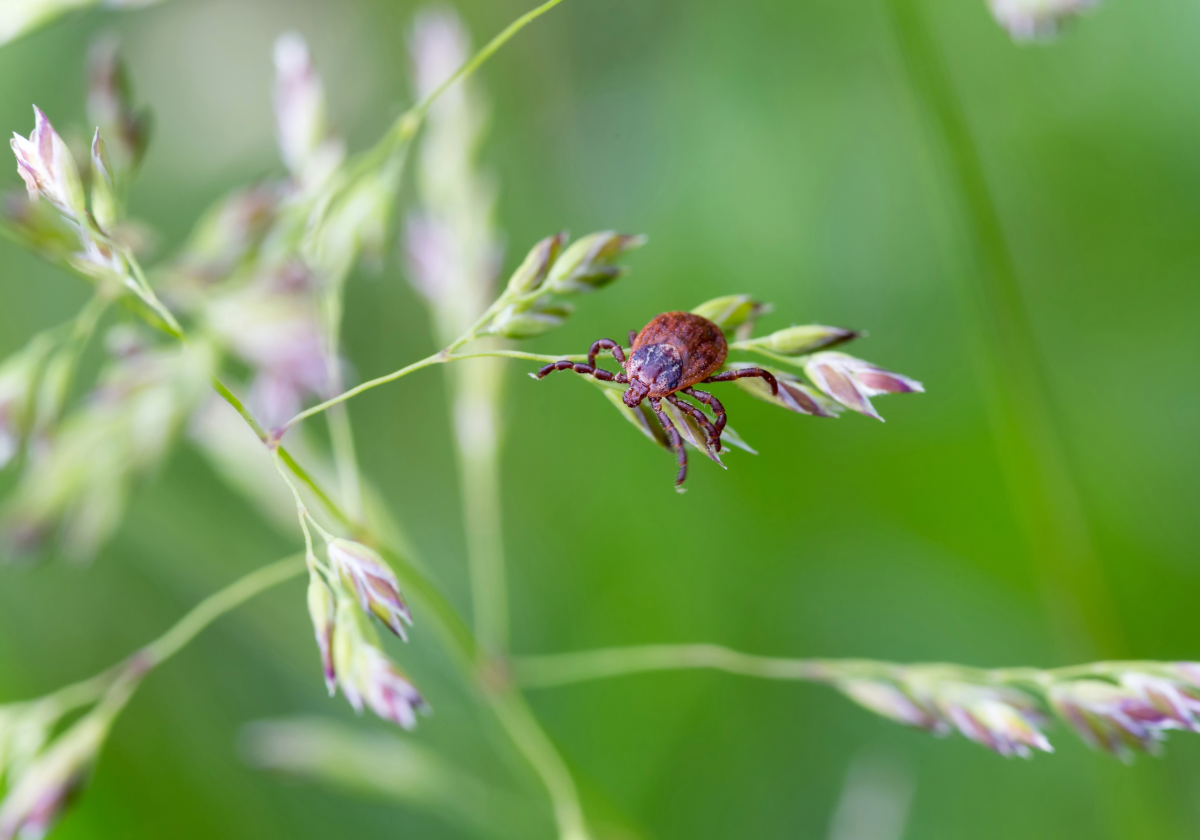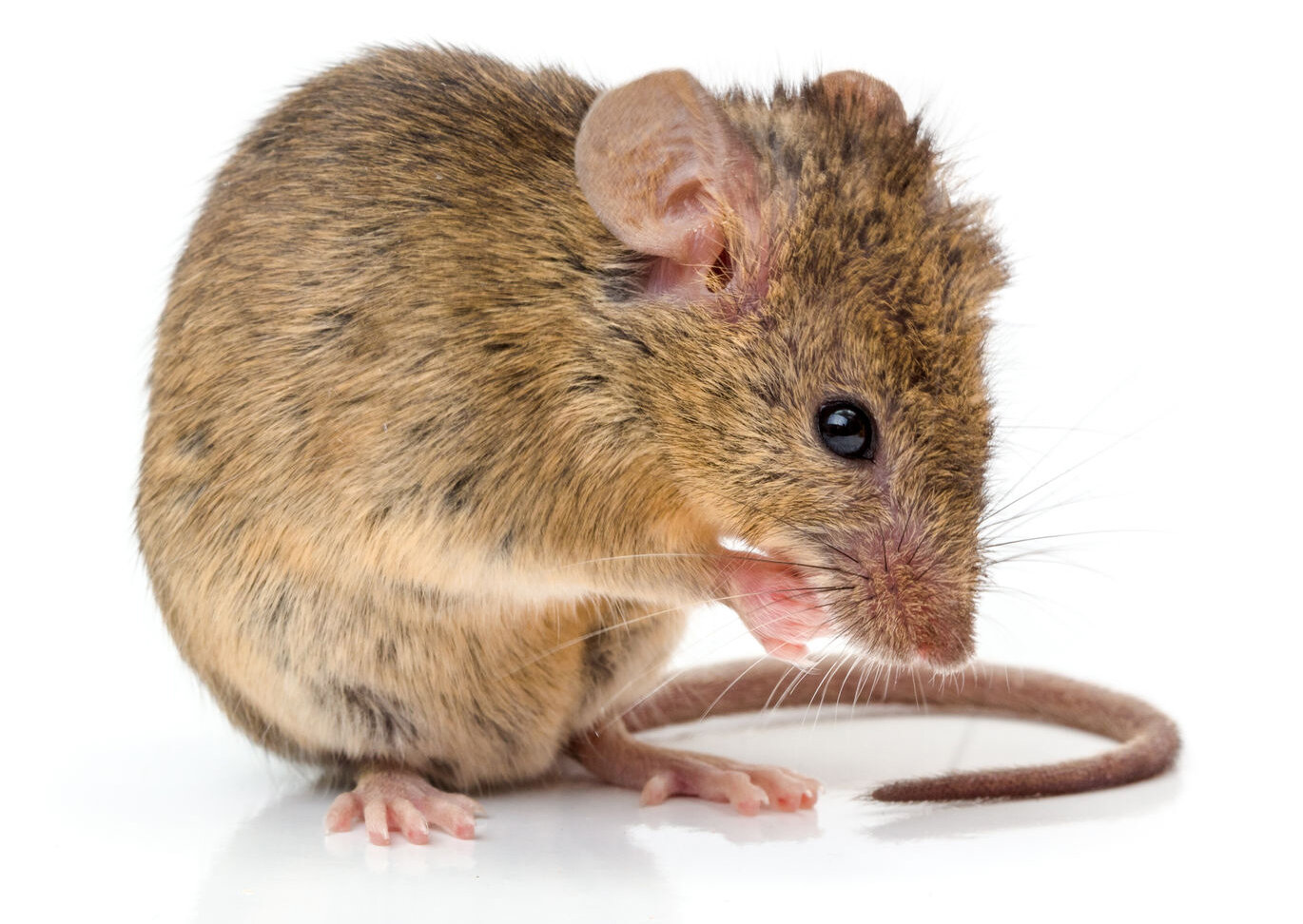
Carpenter ants are pests that are attracted to damp wood in your home. They burrow into your wood supports and beams to make their homes, which can cause damage to the structural integrity of your home. While in the grip of winter we are unlikely to have a run-in with carpenter ants, however, spring is just around the corner. Now is the time to take precautions to prevent the damage an infestation of carpenter ants can cause.
Carpenter ants are most active in the spring. They reproduce and thrive in warmer environments, building their nests in damp wood wherever they can find it. They can build their nests both indoors or outdoors, and typically have a main nest outdoors with satellite nests nearby. It can be hard at times to tell if there is a nest indoors or if carpenter ants have just entered a building looking for sugars or protein to feed on. Seeing them inside doesn’t necessarily indicate that there is an infestation or nest.
The exception would be if you see carpenter ants active indoors in the winter. This almost always means that there is a nest inside and that the conditions – warmth and dampness, were favorable for them to come out of dormancy. Seeing lots of winged carpenter ants inside during late winter or early spring is another sign that the nest is inside.
Unlike termites, carpenter ants don’t eat wood. They burrow into the wood to create their colonies. They gravitate toward damp wood either indoors or outdoors. Outdoors they look for tree stumps, rotted logs, wood piles and damp decaying structures such as old sheds. Indoors they will look for wood damaged by leaks, condensation, or damp basements and attic spaces. When they burrow into the wood they create intricate tunnels that can weaken the integrity of the wood supports and beams in your home creating a hazardous condition.
The best way to prevent a carpenter ant infestation is to make sure they don’t have anywhere suitable to build their colonies. This means keeping the wood in your basement, attic, and inside the walls dry. Be sure to take care of any leaking pipes, wet basement issues, faulty gutters, dripping spouts, and such to prevent moisture build-up. Also, keeping outside nests away can prevent satellite nests from moving indoors. This means clearing up yard debris, keeping firewood piles away from the house, and removing rotting trees and old structures from your property.
Sometimes all the prevention in the world just isn’t enough to keep a carpenter ant colony from settling in near or in your home. Should you discover an infestation, having the experts at Adam’s Pest Control come out to do an inspection and come up with a treatment plan is best. We have a couple of pest prevention plans to choose from and will provide you with a technician’s report after your inspection and a recommendation for which plan is right for your pest control needs. We always recommend our year-round pest control solution to protect your home from the most common pests of every season.



